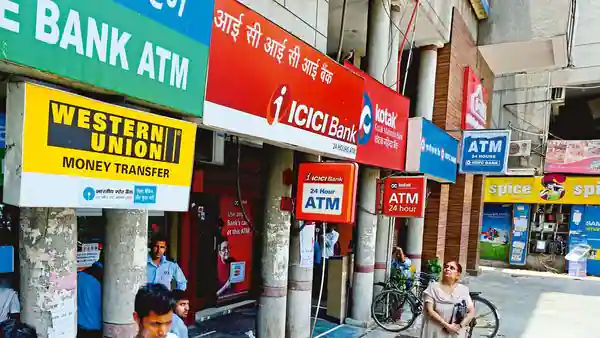 A Central Bank Digital Currency could affect the transactional demand for deposits in the banking system, RBI deputy governor said on Thursday. The Reserve Bank is trying to establish a fine balance on the proposed CBDC keeping various considerations in mind, says expert
A Central Bank Digital Currency could affect the transactional demand for deposits in the banking system, RBI deputy governor said on Thursday. The Reserve Bank is trying to establish a fine balance on the proposed CBDC keeping various considerations in mind, says expert
A‘nuanced’ and ‘calibrated’ approach is required to India’s first Central Bank Digital Currency, or CBDC, Reserve Bank of India Deputy Governor T Rabi Sankar has said. The senior RBI official said that this is essential as the new currency will have various implications for the economy and monetary policy. The RBI has plans to come out with its own CBDC by 2022-23, using blockchain technology.
“Given the large number of uncertainties in terms of which model works, which design works well in terms of its impact on the banking system, on data privacy on monetary policy, I think almost all central banks and we are no exception will probably go in for a very careful and calibrated nuanced manner,” he said at an event organised by ICRIER on Thursday.
Noting that one of the principles for introduction of any technologies, especially for a central bank, is that it should “do no harm”, he said, “I think central banks would go about it in a very calibrated, graduated manner, assessing impact all along the line and then making those connections with what is most demanded.”
About the implications of CBDCs, he said, “while these motivations do exist, one must realise that global experience is virtually non-existent at this point in time on a few things like CBDCs might affect the banking system.” CBDCs could affect the transactional demand for deposits in the banking system, he said.
“To the extent that happens, the deposit creation would get affected negatively and to that extent the ability to create credit by the banking system also goes down…to the extent low cost transactional deposits move away from the banking system, the average cost of deposits might go up, which generally would lead to slight upward pressure on the cost of funds in the system itself,” he said.
Speaking about the RBI deputy governor’s comments on CBDC, Harish Prasad, head of banking at FIS, said it is clear that the Reserve Bank is trying to establish a fine balance on the proposed CBDC keeping various considerations in mind.
“Primary amongst these is the risk that the CBDC could pose to demand deposits within the banking system today, for example, if people preferred to hold CBDCs over holding demand deposits with banks. This could have far-reaching impact to the functioning of the banking system as well as to cost of funds and it is critical that this does not end up becoming an outcome of the proposed CBDC. It has been reiterated that holding money in the form of the proposed CBDC does not entitle the holder to any interest, and this addresses this risk to an extent,” he said.
“The Deputy Governor’s statements also throw light on some of the key drivers behind the Indian CBDC. The need to reduce levels of physical currency to driver better efficiency and lower costs around national currency management, which has been well-known for long,” Prasad added.



